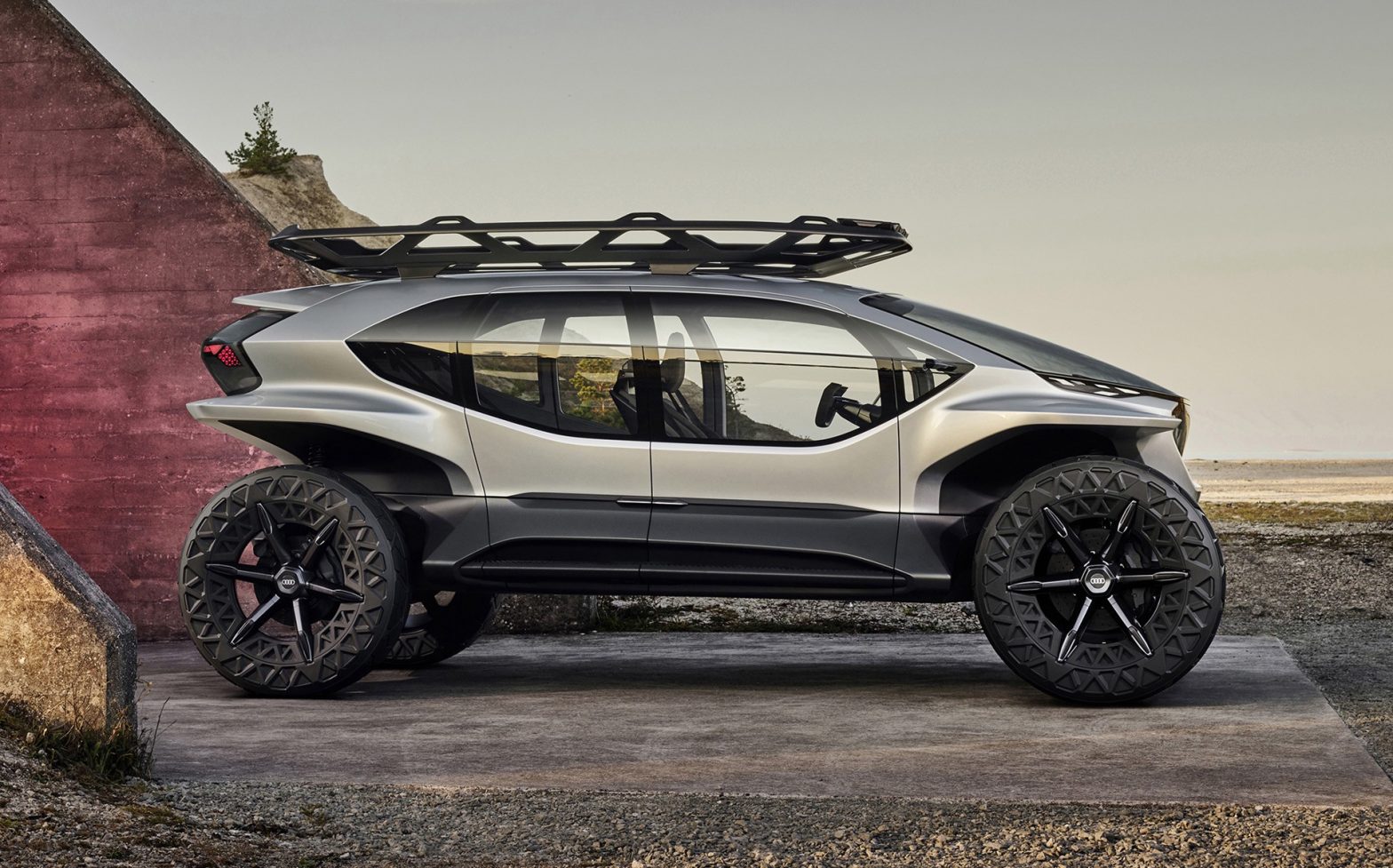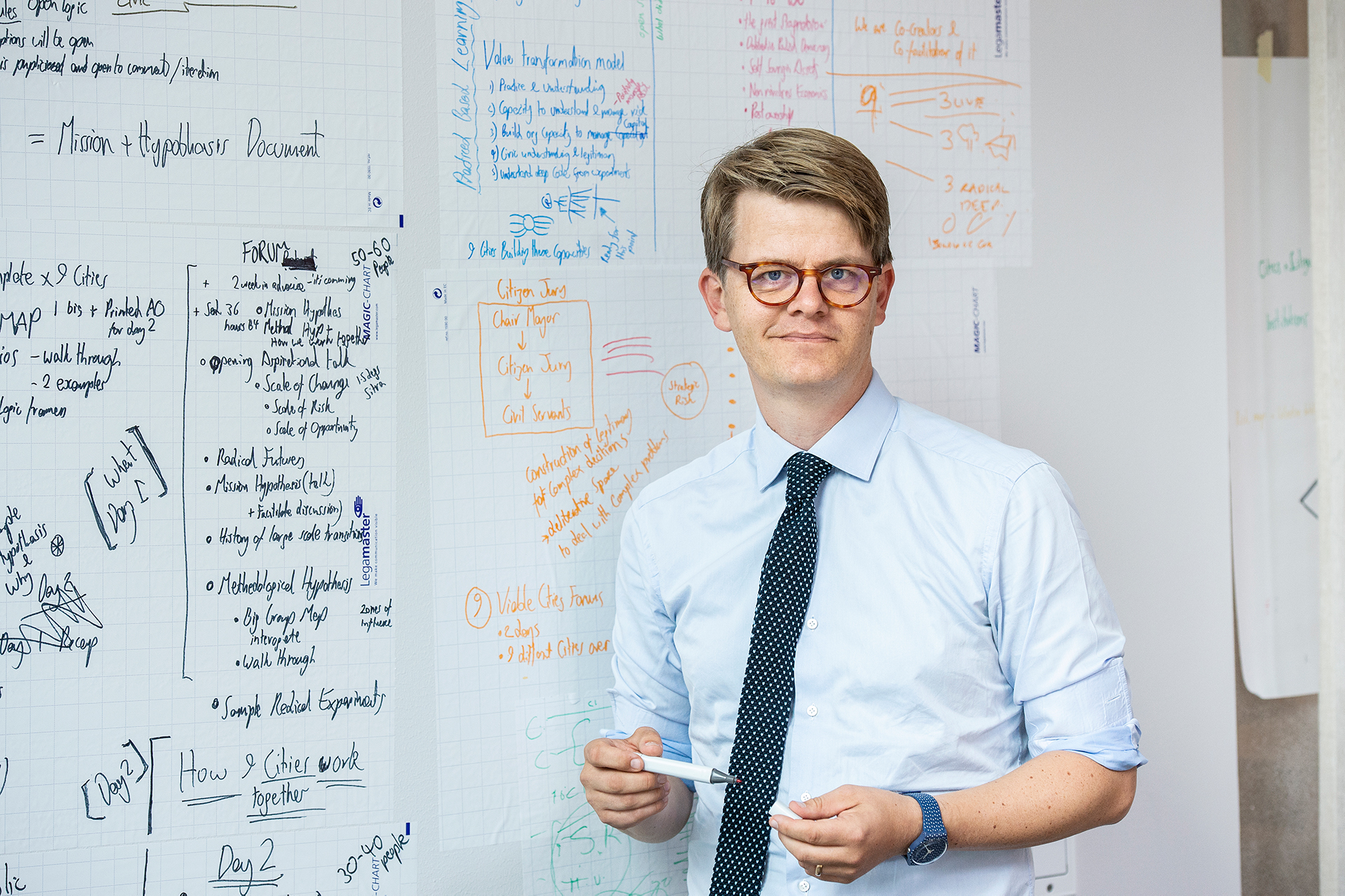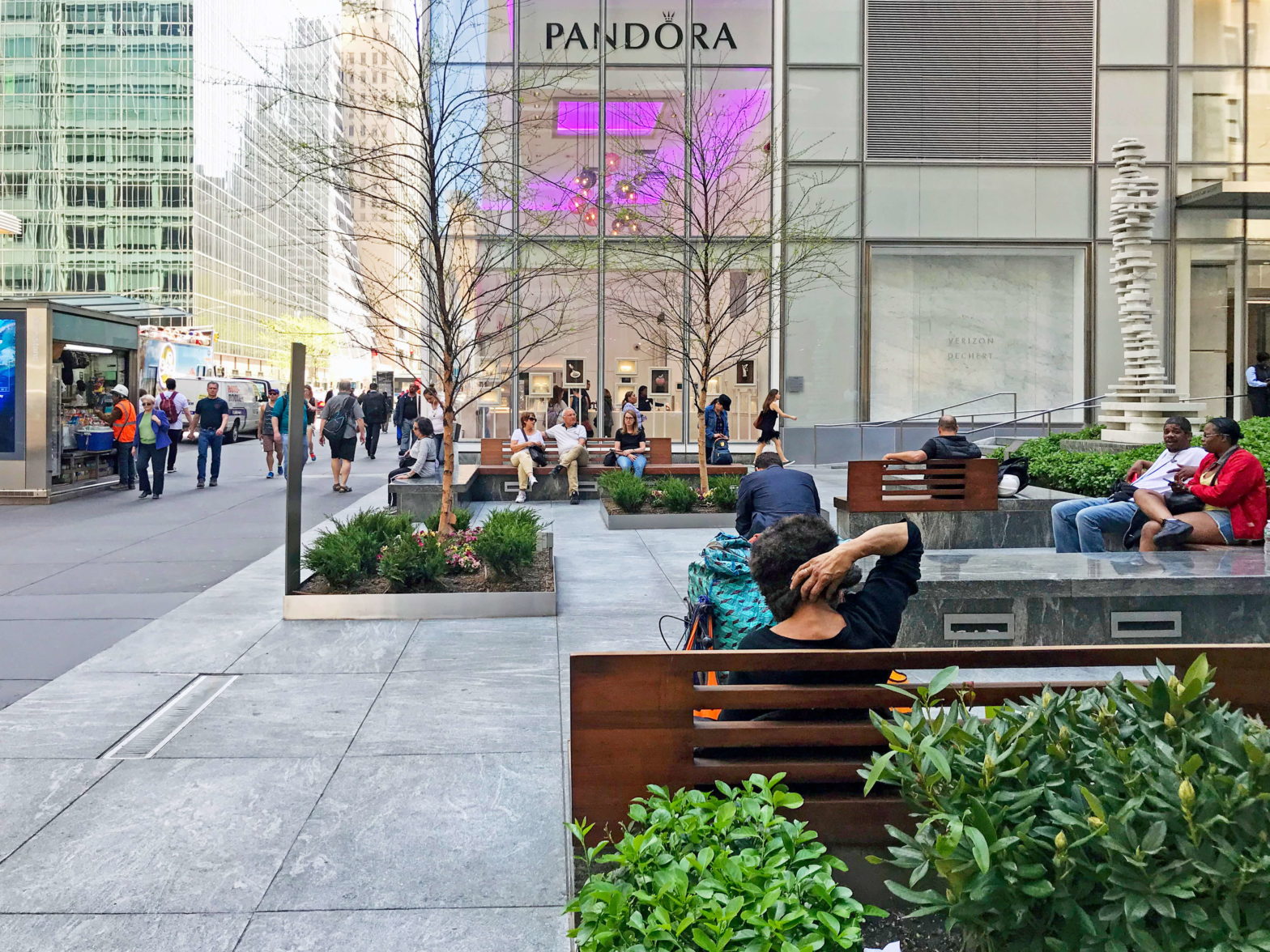
Photo: Audi
The Back Story: What cities can learn from car makers
28 September 2020
In this series, Per Grankvist, Chief Storyteller for Viable Cities, explores how cities can use the art of storytelling to engage citizens in climate action.
Concept cars can seem like an anomaly – they are cars that are created not to be produced. But they are also more concepts than cars, an embodiment of that particular car maker’s ambitions for the future, a way to showcase new technology or reshape views of mobility (e.g. Volvo’s YCC, a car adapted to women’s needs).
Most concept cars are never put into production, and those that are require rework that can change the end result significantly.

Concept cars allow the car manufacturer to exhibit a vision and tell the public that “this will never happen, but it would be fun to hear what you think”. It is with concept cars as with art: as long as they evoke emotions, they have fulfilled their purpose. And thereby they can lead to change, both internally and externally.
The difference between this approach and a normal municipal planning process, where a city presents its visions for the future, is enormous. Instead of objects to touch, interact with, feel, place ourselves in, we often have flat sketches and some pale architect-designed images where all people featured are white. Cities typically say: “This is likely to happen, let me know if you have any objections.”
I exaggerate of course (but unfortunately not so much) to make a point here: perhaps cities should start making models of the future cities that they do not intend to realise, as a way to increase engagement?
To understand what that would mean, I recently met Demian Horst, MFA Programme Director Transportation Design at the School of Design at Umeå University. Recently the programme carried out a project together with Audi and Umeå municipality on how future mobility can help improve quality of life in the city.
The students’ work spans various areas, but the ideas are also created to raise questions in the viewer rather than provide answers. This year’s selection featured a drone for people, a coffee room that is also a vehicle, and a healthy pedal car for city dwellers.

Concept vehicles offer possible solutions to hypothetical needs that force us to reflect. When I talked to Horst, I realised that the lack of grounding in reality is their strength, not weakness, as it makes it possible to float away in the mind and see things from a larger perspective. To borrow wording from Apple founder Steve Jobs, concept vehicles allow us to ask ourselves “why not?” instead of “why now?”.
They provide new insights into, for example, how much more important trust in the brand becomes when vehicles become self-steering. Horst said that the students discussed and explored what kind of aesthetic is required for a vehicle to convey confidence.
In a brand’s personality, there are values that govern a driver’s expectations of how an Audi will behave in traffic compared to, for example, a Skoda. Self-driving cars are basically robots, and their personality will therefore be programmed differently based on the brand. Audi’s ambition is to go from being a vehicle manufacturer to being a “premium mobility experience provider”. Which behaviours radiate confidence and which do not? And what behaviours add a premium feel?
Does the Audi AI:Con make you comfortable enough to let it drive you?

Horst also made me understand that the relationship with vehicles has never been limited to the passengers inside. What do the four rings in the nose of an Audi signal to pedestrians about how the vehicle behaves in an urban environment? And the signals from tomorrow’s self-driving buses – do they radiate the vehicle manufacturer’s mentality or perhaps the city’s values? In that case, will the buses in Palermo embody stereotypes and behave a little more calmly in traffic than the buses in Milan?
Lesson no 1. Present an embodiment of a feeling, not a place
What urban planners can learn from car design is thus to first and foremost try to embody a feeling, as this is the type of communication we humans react most intuitively to. Traditional planning processes are mainly based on physical design (2D or 3D), rather than emotion. One reason is probably the unconscious assumption that the design is objective, and thus should evoke the same kind of emotion in everyone. But then you forget that all individuals’ emotional reactions are unique to them. This means that the design risks being perceived as exclusive if the reaction the design evokes appears to be foreign to those who see it.
Interestingly enough, we humans seem to find it easier to agree if we start from a desired feeling, and let the design follow it. The difference can be illustrated by two presentation films of student work at the School of Design 2015. The students’ assignment was to create mobility on two wheels in 2022 and in Dominik Krug’s film the focus is on the motorcycle’s design, the carefully designed details and thoughtful features are highlighted. on the acceleration capacity of the motorcycle.
Tyler MacDonald’s film, based on the feeling of riding a motorcycle, focuses on a desire to go your own way and captures both longing and restlessness. The exact design of the motorcycle is secondary. But I think more people would agree that the emotion-based story is easier to relate to than the design-based story.
Instead of presenting a plan for a square, cities should start by declaring how they want the square to feel – for example, safe, open, accessible. Based on this, a design proposal follows where each design becomes a manifestation of this, including lighting, free surfaces, soft level differences.
Lesson 2. Tell people it will not at all be like you imagined it
The second thing city planners can learn from car designers is to say that what they have presented is not how it will be, but a starting point for discussion. Not about the feeling, but the design. Paradoxically, the discussion will then be about what many people want today: the design and whether it contributes to the purpose they set. This could be convenience, better quality of life, reduced emissions or reduced inequality in society, for example. The focus will be on improvements, not changes.
And this is related to something that has become increasingly clear to me during the year I have worked as Chief Storyteller. To change people’s behaviours, storytelling is not just about conveying an image of something they can emotionally relate to, but also about it being a design strategy. As much time must be spent on the form of the story as what we want to convey in order to have an effect. Let me return to that at a later stage.
Other stories worth mentioning
The degree of concretisation of local politics is both its strength and weakness. It is easy to forget the big picture when you look closely at the measures you take to reduce your climate footprint in the city. To make it easier for the nine cities we work with to speed up the transition to near-zero net emissions, we have developed a declaration on how it should feel to live in a city that is carbon neutral. It is the first important tool in the toolbox for change that we are working on, and therefore we also write the Declaration with a capital D.
It should be able to be used as a preface to local action plans to remind both decision-makers and residents what we strive for and thus give the important action plans their much-needed context. When encountering resistance, remember that it can be both because you do not understand how it fits into a whole, and that it can be because a “no” is a way to maintain control over the current situation. One of the goals of the Declaration is to help everyone raise their eyes and see the whole, by explaining the context and talking about the goal based on how we want it to feel.
The importance of making the audience feel smart
There is a tendency among communicators to focus on what is to be conveyed instead of what they want to change. One way to make other people change is to make them feel talented. In an episode of the podcast Future of Storytelling, actor and director Neil Patrick Harris speaks warmly of never speaking to people as if they do not understand and believes that one of the big challenges we have is to design stories so that the audience feels smart. This is something I take with me in the design of our tools. In the interview, he also talks wisely about the role of storytelling in society as a whole. Listen here.
Social norms and the climate
The climate debate has largely been a debate for several decades. In the Georgetown Journal for International Affairs, Martin Hultman at Chalmers summarises why we need to re-evaluate how we view nature and the importance of changing the traditional view of what is masculine behaviour (as it damages climate).
How we structure a story is important
As some of you might know, I’m a big Pixar fan and I recently found this video about how they think about the structure of their movies and how small adjustments I make make a big difference in the feeling the audience gets.








